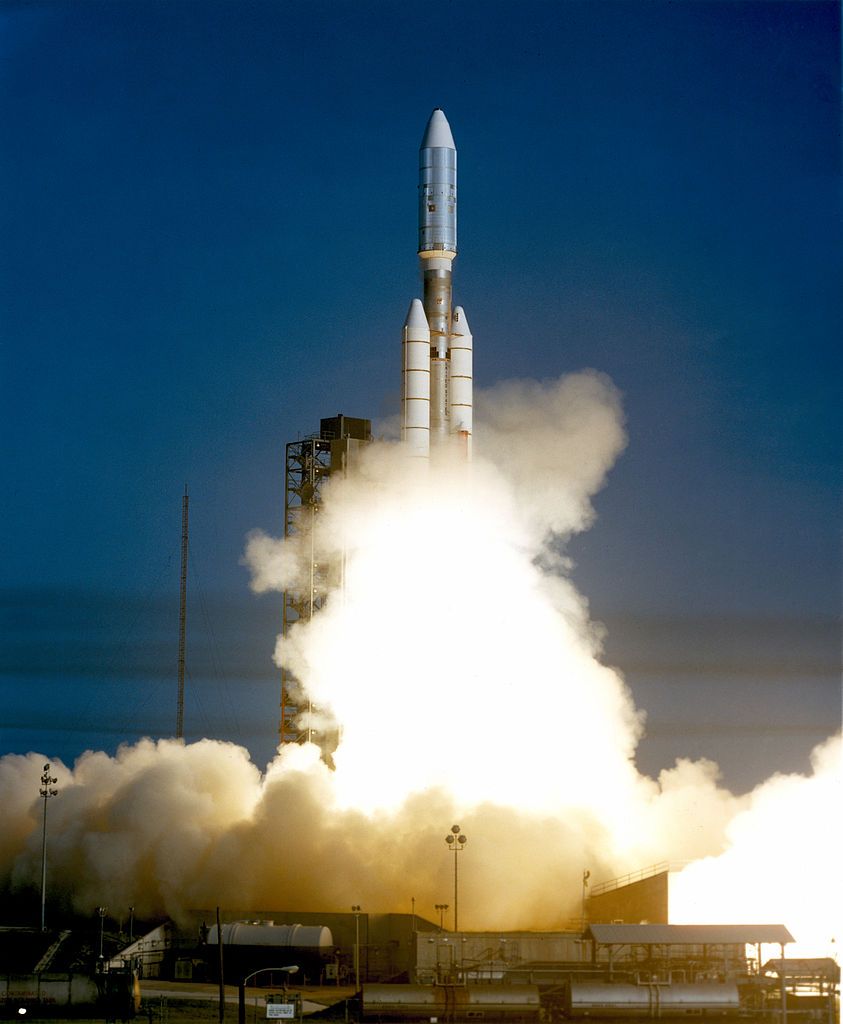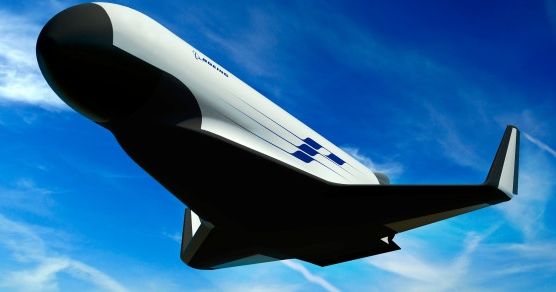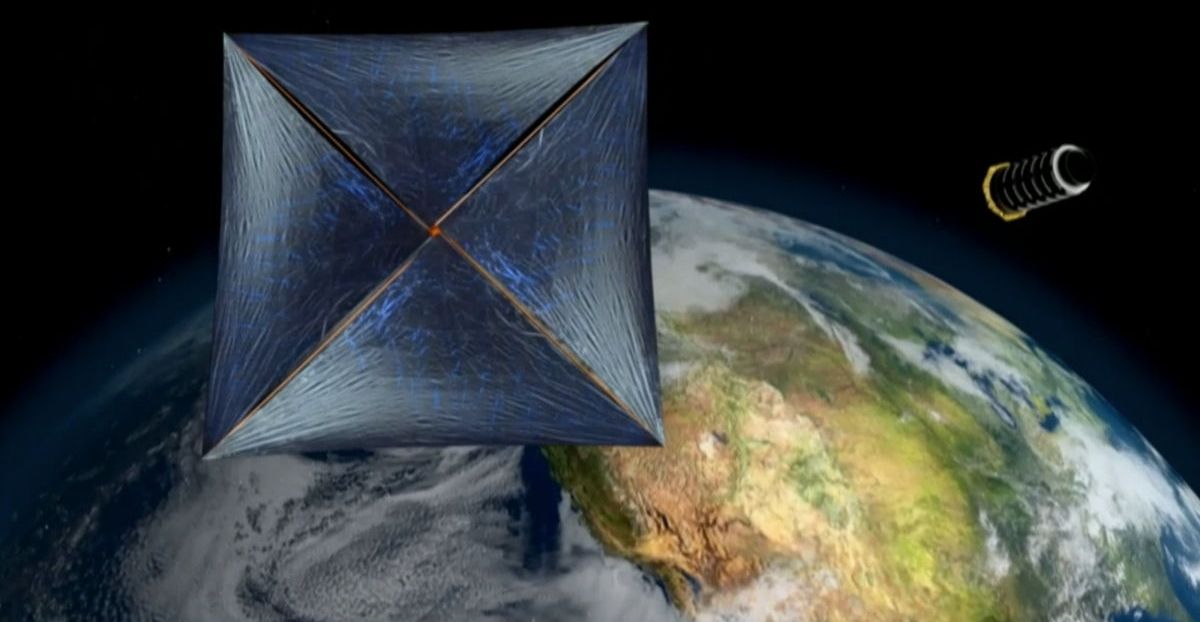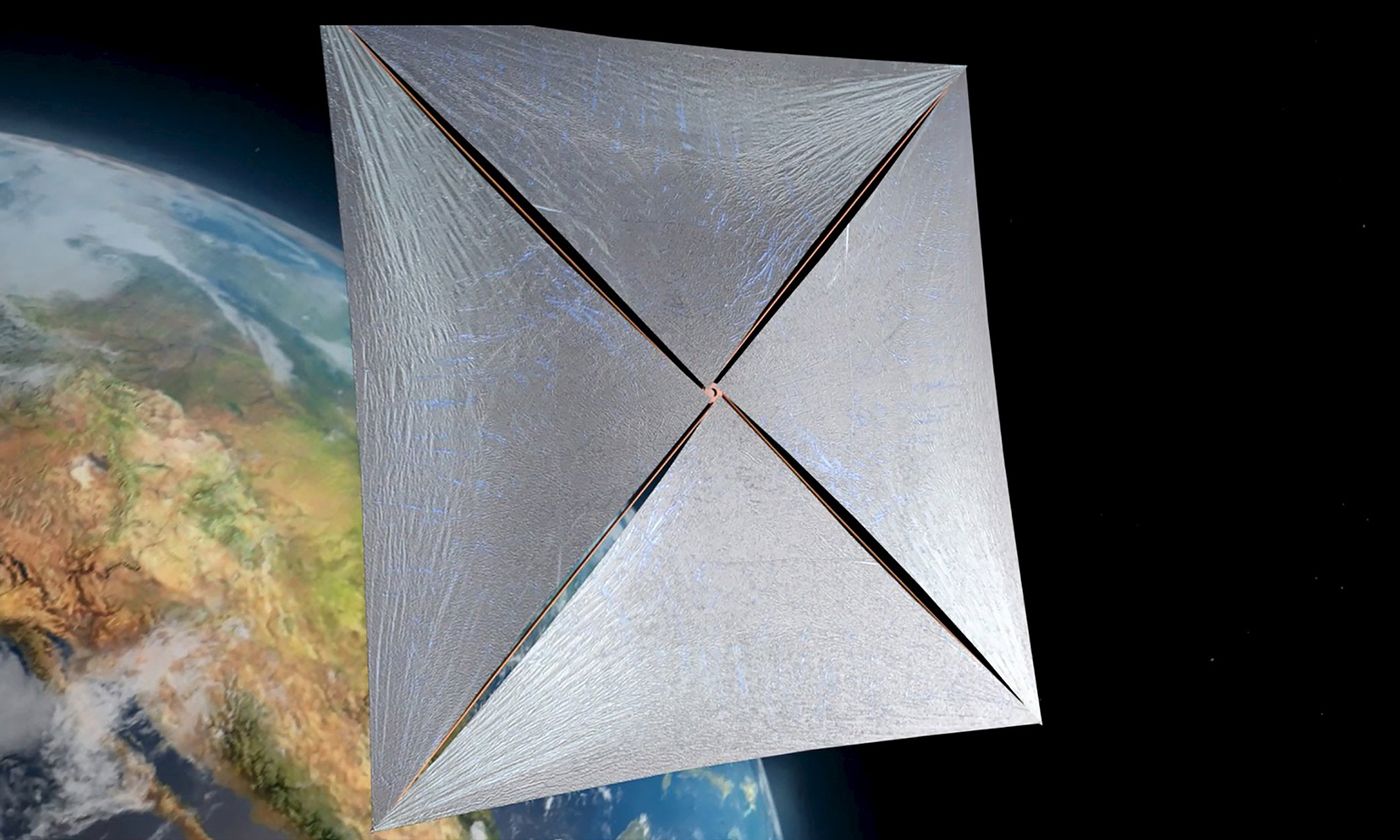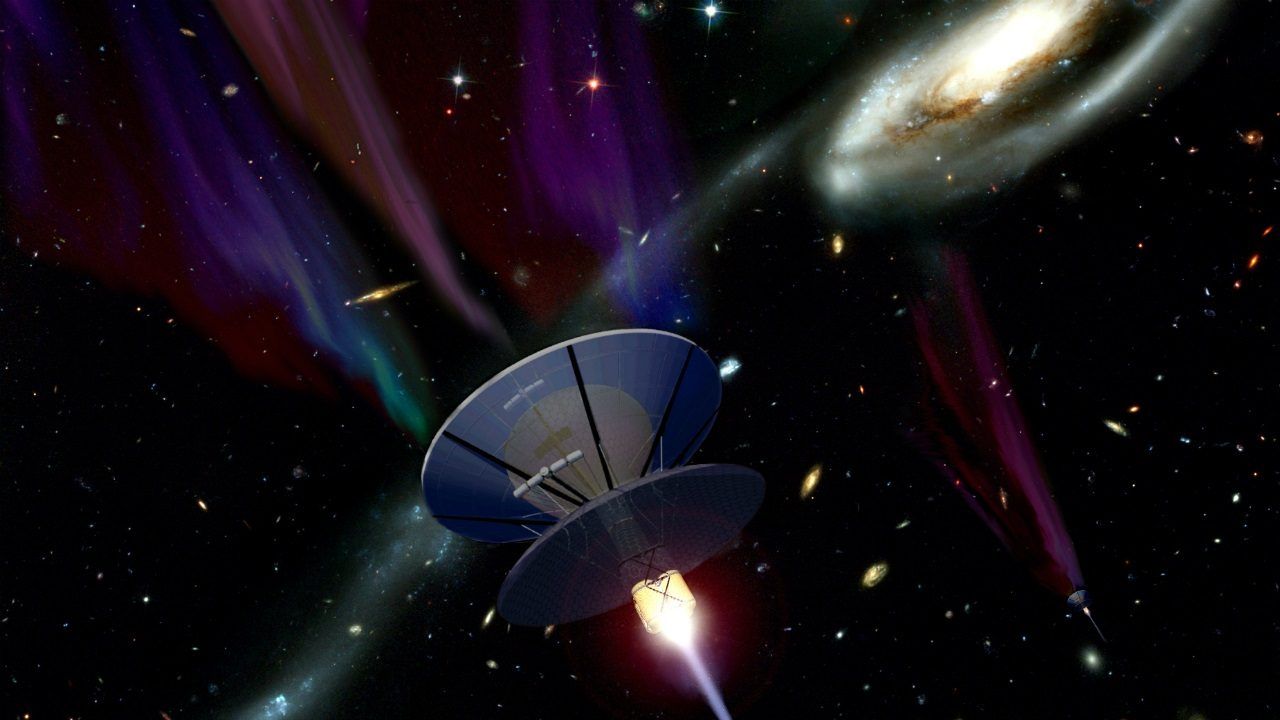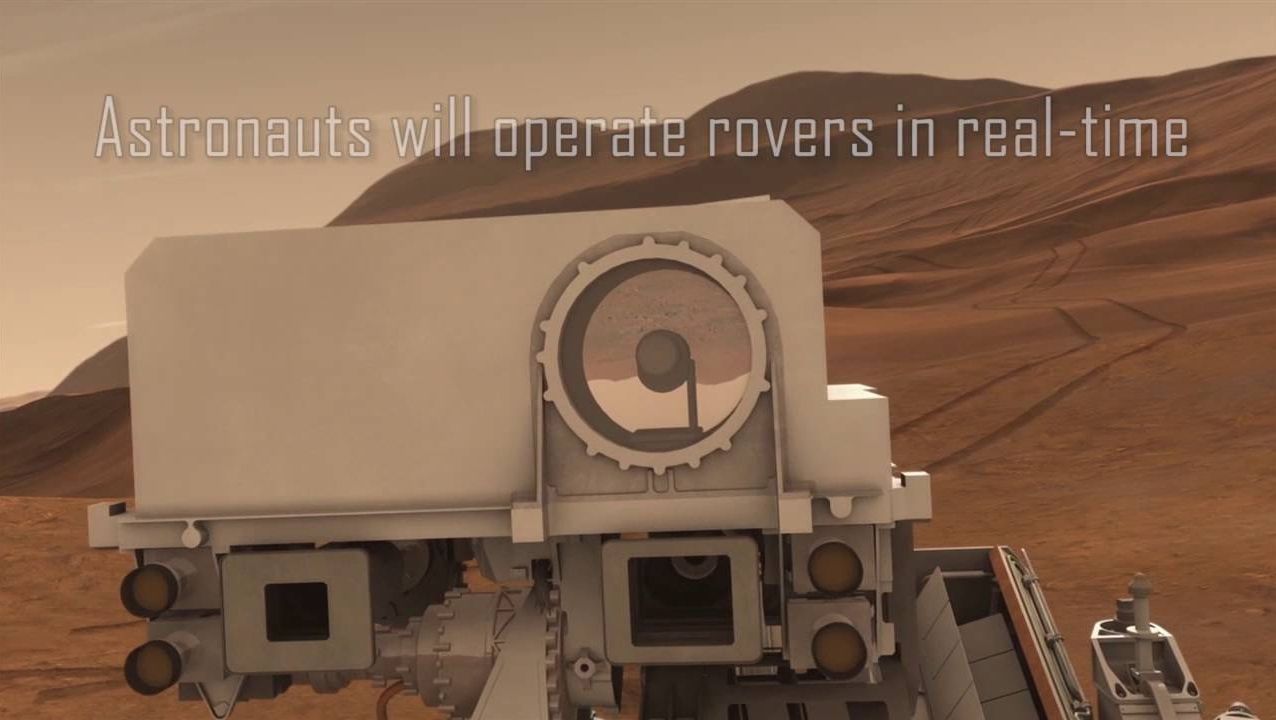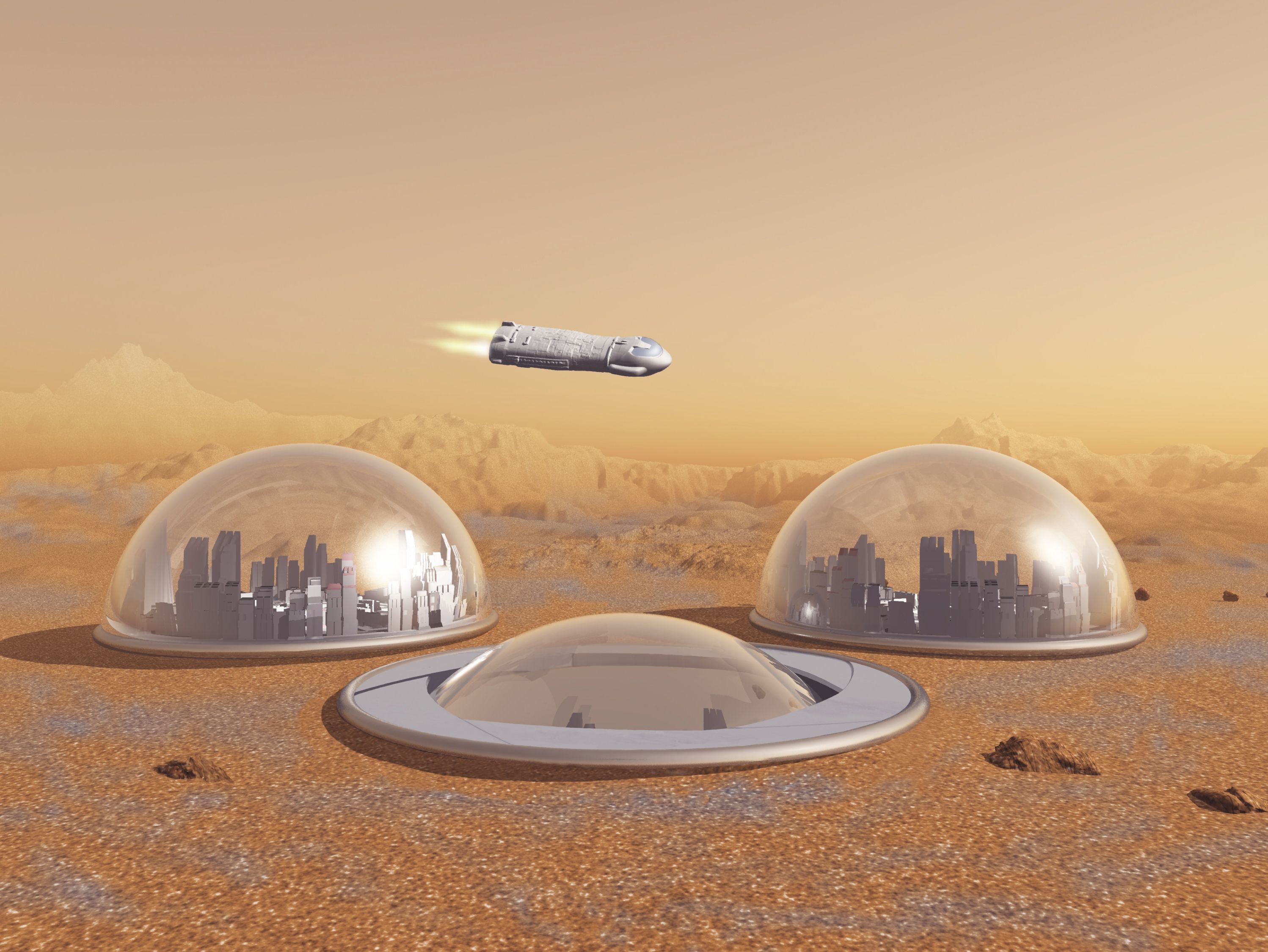Jun 2, 2016
How We Want to Turn Asteroids Into Spacecraft
Posted by Klaus Baldauf in categories: engineering, space travel
It’s funny, because even in the space industry, it isn’t every day that you get to work on a really far reaching idea. At Made In Space the vast majority of our engineering energy goes to concepts that will be operational hardware within 5 years. We like to talk about the future a lot, and there is a great deal of whiteboard engineering of what space colonies will look like or what the constraints to manufacturing on Enceladus would be. But we don’t usually get to work directly on the long term stuff. Thanks to the NIAC program, we’ll be doing some of that work.
NASA’s Innovative Advanced Concepts (NIAC) program awards research grants with the intent of studying out-of-the-box ways that space exploration might be done differently. Most of the focus is longer horizon stuff that would be operational on 10+ year timescales. Made In Space recently proposed a new vision for exploring and using asteroids and was awarded a NIAC grant. This is what we proposed.

